Recommended in our diets thanks to their health benefits, bitter botanicals also offer great gustatory advantages for beverages, particularly spirits. Find out more about the history of these bitters, beverages inherited from our gourmet heritage, and discover how this unique flavour is perceived.
Definitions and use of bitter botanicals
Bitterness, a sought-after botanical flavour
How do we recognise a flavour? The perception of flavour follows a pathway from the tongue to the brain. First, the food is made soluble by saliva, which lubricates and "deposits" the food molecules on the tongue. Then, specialised taste receptors, located in the cells of the taste buds, detect the five flavours:
- sweet,
- bitter,
- acidic,
- salty
- and umami (1).
As our Western classification is limited in relation to more complex taste sensations, researchers call freshness (mint), spiciness (mustard, chili pepper, ginger) and astringency (cranberries, tea, tannins) a "continuum of flavours" (2).
Traditionally linked to metabolism, and more specifically to the liver and digestion, dandelion, chicory, willow bark, snapdragon and broad-leaved camomile are examples of medicinal botanicals renowned for their active ingredients, fever-reducing properties and so on (3). In fact, bitter foods are necessary to stimulate the production of digestive juices, helping the liver and bile ducts to function properly. Their antioxidant and anti-inflammatory properties are also thought to help combat diabetes, cardiovascular disease and cancer.
Historically, it was in Italy and France that ancient bitter recipes, often elixirs or therapeutic preparations, were made and then marketed in the form of botanical liqueurs. This is how gentian liqueur was created at the end of the 19th century, originally a drink for farmers in the Auvergne region, made from the roots of the botanical infused in white wine. Long sidelined from modern eating habits, and with it its potentially positive effects on our health, bitterness and its complex aromas are once again popular with consumers, thanks to cocktails, bitters and revamped liqueurs.
It should also be noted that bitterness obviously concerns beers whose brewers measure the intensity by IBU (International Bitterness Unit) (4) along with vermouths (5), wine-based combined with spices and botanicals: mugwort above all, with its characteristic bitter taste, but also gentian, artemisia, coriander, ginger, marjoram, bitter orange, vanilla, cloves, thyme, Genepi from the Alps (6), etc.
Bitters
These infusions of botanicals in alcohol date back to ancient Egyptian times, before coming back into fashion in France, with the famous Chartreuse, and in 18th-century England, where herbs were added to wines imported from Spain. Very popular in the second half of the 19th century, bitters, before being served as aperitifs, digestifs or cocktails, were consumed for their curative properties and sold in pharmacies (7).
Today, bitters (also the term in German) refer to a spirit drink obtained by maceration, infusion and/or distillation of botanicals, herbs, fruit peels (bitter oranges in particular) and roots in neutral alcohol (8) in order to retain a pronounced bitterness.
The botanical ingredients most frequently used to make these bitter drinks are:
 |
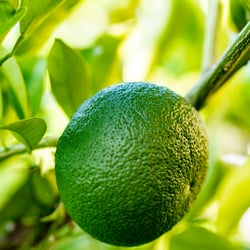 |
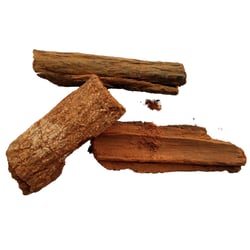 |
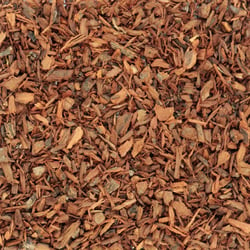 |
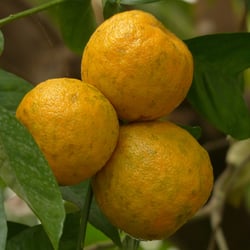 |
| Gentian | Bitter orange peel | Quinine | Cascarilla | Bitter orange |
The preparations of the major liqueur and bitters manufacturers often include the addition of sugar to soften the taste of their spirits.
Biochemical mechanism of perceived bitter taste
Taste plays a vital role in our food habits, enabling us to identify foods that are rich in macronutrients and electrolytes and low in potentially toxic compounds. Bitter molecules also alter the taste qualities of the edible parts of botanicals to ensure their survival and protect them from herbivores. Amarogentin is the main substance responsible for the very intense bitterness of the Gentiana lutea L. (9). Certain fragrant compounds also produce a bitter taste, such as menthol or limonene (10).
A "recent" understanding of this perception
Almost twenty years ago, bitterness receptors were identified, enabling a better understanding of the biochemical mechanisms behind the perception of bitter taste. The detection of these molecules is due to a family of receptors called TAS2R. Humans have 25 of these, enabling them to recognise a large number of bitter molecules (11).
Among the many chemical families containing them there are lactones, flavonoids, pyranosides, terpenes, esters, amides, flavanols, alkaloids and glucosides, as well as amino acids, lipids and minerals (12).
Bitter flavoured botanicals and fruits
Flavanones are present in grapefruit (narginine) and flavonoles in certain immature fruits (quercitine, etc.) (13). From theobromine, found in chocolate and tea, to the abundant caffeine in coffee, alkaloids contribute to a bitter taste. Quinine, extracted from cinchona bark, is used by manufacturers in spirits. This molecule is also used as a bitter reference for sensory analysis. This is because taste sensitivity varies from one individual to another and, for example, the bitter taste of phenylthiocarbamide is not perceived by around 35% of the population (14).
Bitter compounds: chemical structure, origin and detection threshold
Many botanicals contain molecules responsible for bitter flavour. Examples include crucifers, endives, broccoli, artichokes, Brussels sprouts, radishes and daikon (white radish), as well as dandelion, arugula and chicory, all of which are characterised by intense bitterness.
In our next article, you'll find the leading brands of bitters as well as references from our catalogue of bitter botanicals to help you create innovative, 100% natural formulations that are right at the heart of the trend.
Please feel free to contact us.
To see our entire product range, check out our online catalogue available 24 HOURS A DAY 7 DAYS A WEEK.
Sources :
(1) BRIAND, Loïc et DUFOUR, Audrey. Comment reconnaît-on les saveurs?. 2017. https://hal.science/hal-01607013/
(2) https://observatoire-des-aliments.fr/qualite-dico/saveurs
(3) https://herbaluna.org/journal-herboriste/herbotheque/lamer-une-saveur-primitive-fondamentale/
(4) https://www.milliet.fr/saveurs-lamer-revient-en-force-quelles-boissons-proposer/
(5) https://laquintinyevermouthroyal.com/quel-gout-a-le-vermouth-est-ce-amer/
(6) https://laquintinyevermouthroyal.com/le-vermouth-comporte-combien-de-plantes-epices/
(7) https://www.mixologie.fr/magazine/fabuleuse-histoire-bitters-partie-1/
(8) https://www.spiritueux.fr/spiritueux/gentiane-amers/
(9) J. Bricout, Identification et dosage des constituants amers des racines de Gentiana lutea L., Phytochemistry,
Volume 13, Issue 12,1974, Pages 2819-2823, ISSN 0031-9422, https://doi.org/10.1016/0031-9422(74)80248-7.
https://www.sciencedirect.com/science/article/pii/0031942274802487
(10) Kataoka et al. 2008
(11) DELOMPRÉ, Thomas, SALLES, Christian, et BRIAND, Loïc. Saveur amère: De la molécule au comportement. Acad. Agric. Fr, 2020, p. 1-22.
(12) Laffitte et al. 2016
(13) Bravo 1998
(14) BRIAND, Loïc. Goût: des récepteurs à la saveur. In : Journées Aromagri. 2011. p. 38 p.

Graziella Riant-Dalibard
Head of BU Taste

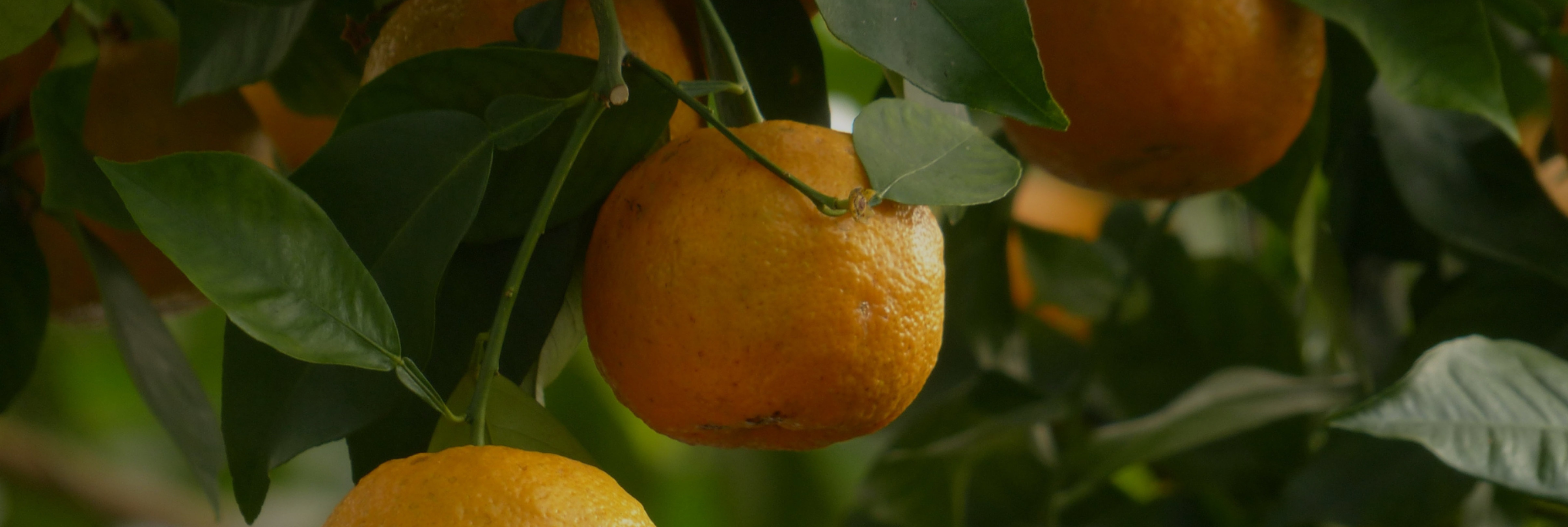

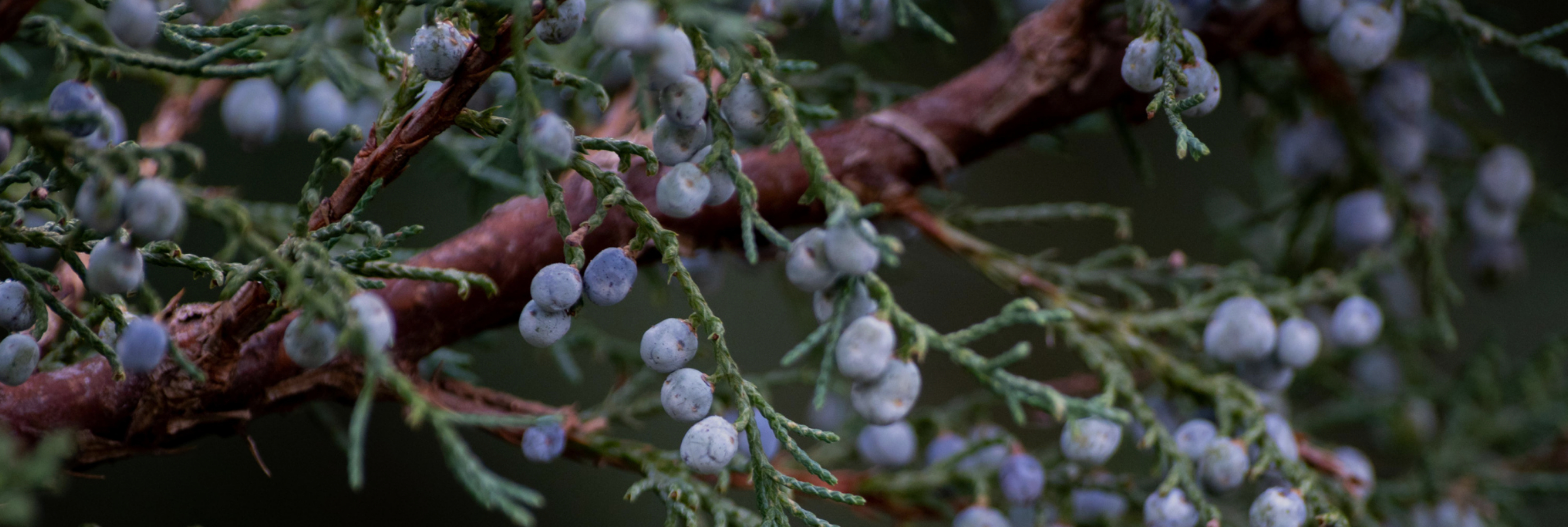
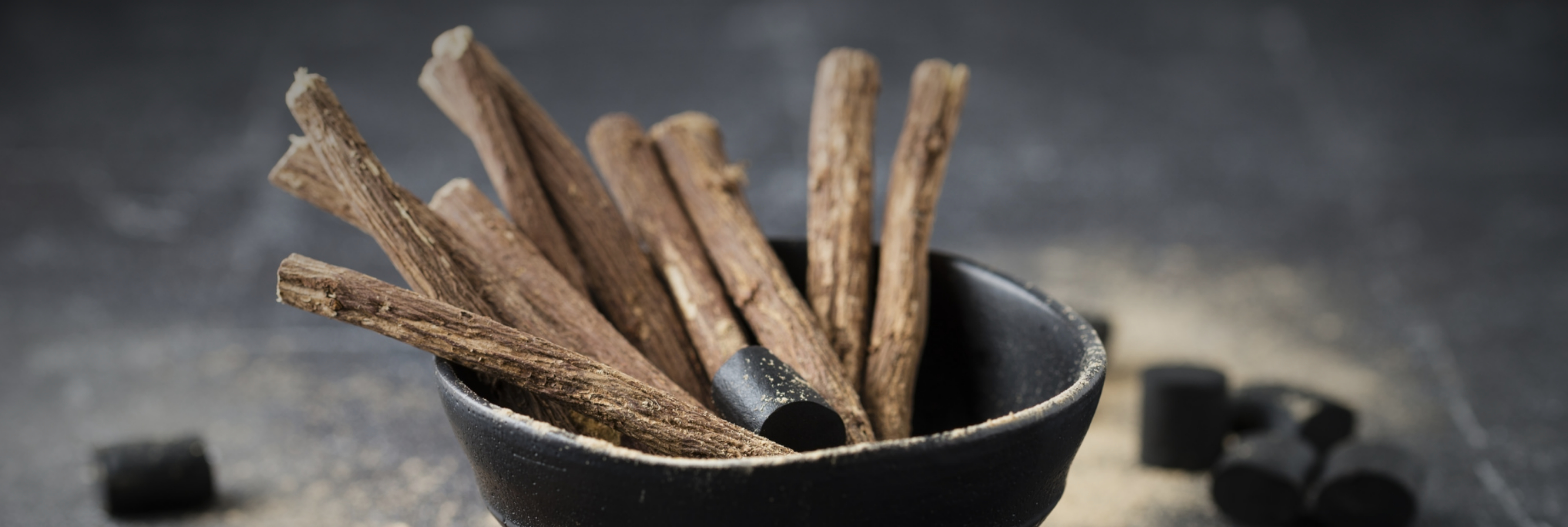


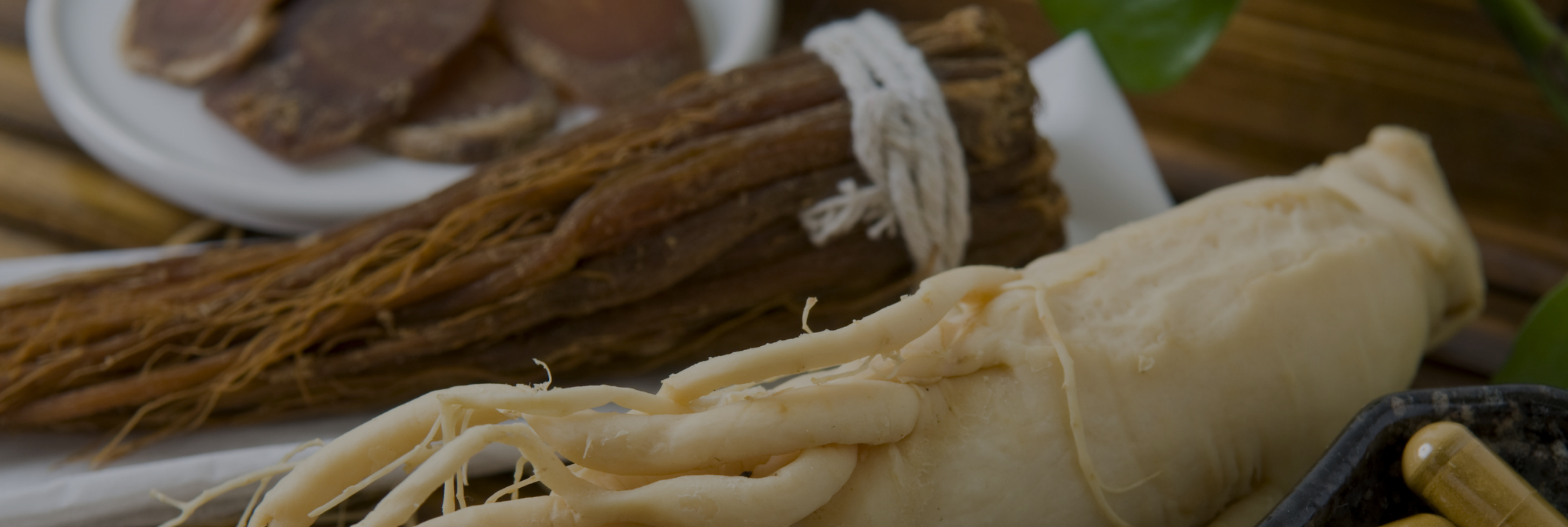
Leave a comment